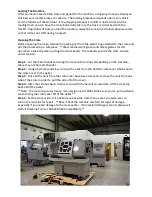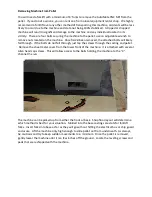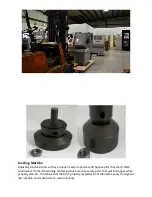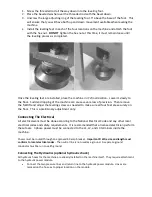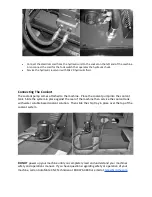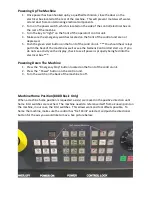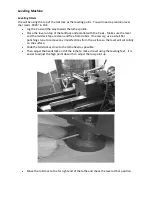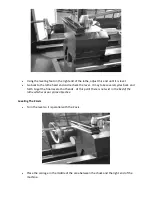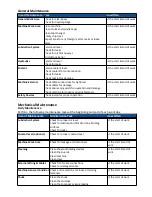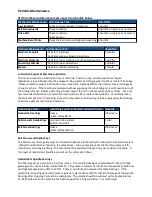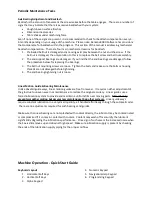
Hazards
The three steps involved in dealing with hazards:
1.
Spot the hazard
- A hazard is anything that could hurt you or someone else, is unsafe, or
could cause an accident. Use all your senses to spot hazards. Look around, listen,
notice any strange smells (like smoke or chemicals) and use your knowledge about
things that might be dangerous.
2.
Assess the risk
- Figure out how likely it is for the hazard to hurt someone and how
badly. Always tell someone about hazards you cannot fix yourself and remember it is
more urgent to make the changes if the hazard is likely to cause serious injury.
3.
Minimize the risk
- Fix the hazard yourself if you can, or tell someone who is able to fix
it. The best way to fix the hazard is to get rid of it, but as this is not always possible,
there are some ways you can make the hazard less dangerous.
1. Substitute it for a less hazardous material or item.
2. Isolate it to an area where it’s further out of harm’s way such as a locked room.
3. Add safeguards, for example, put clear guards around cutting or slicing
equipment or warning signs for people to see.
4. Use personal protective equipment and clothing any time you are working with
hazardous materials and/or equipment.
Hazard Control
Electrical Hazards
:
Eliminate/install electric droppers instead of using extension cords.
Toxic Chemicals:
Substitute/introduce less toxic materials (polishes, adhesives etc).
Noises:
Enclose/install canopies to the noisiest machines.
Flying particles:
Isolation, set aside specific areas for grinding.
Machining dust:
Engineer controls, install and use dust extraction equipment.
Slip/Trip hazards:
Adopt better housekeeping procedures.
Fatigue:
Rotate job tasks among workers.
New equipment:
Train all staff on every piece of equipment to assist hazardous breakdowns.
Dust/noise etc:
Use personal protective equipment.
Final Safety Notice
AutoMate CNC machines have been proven to be safe and reliable. However, if abused or
operated improperly, any machine can cause injury to you or others. Please read this guide and
accompanying manuals carefully before you start machining. Proper use will create a safe
working environment and prolong the life of your machine.

















